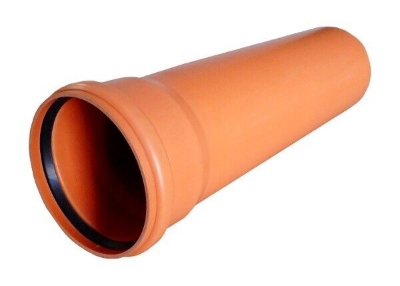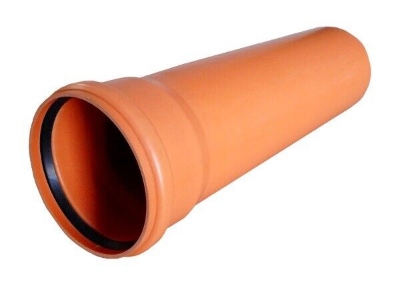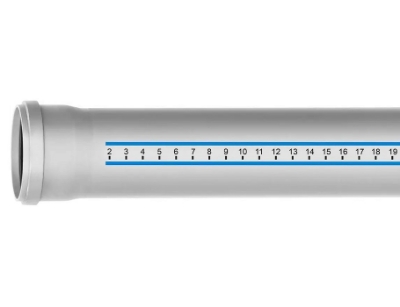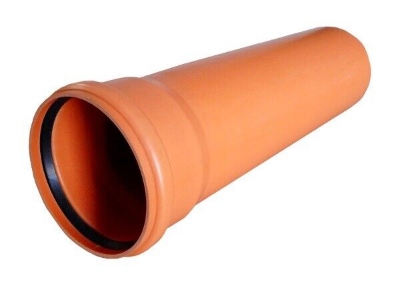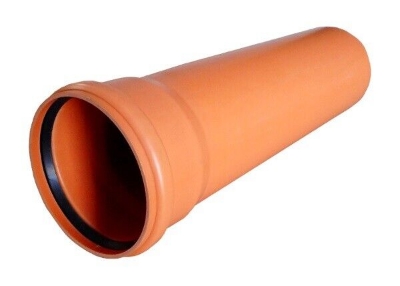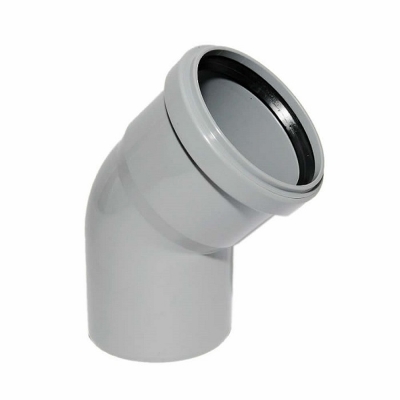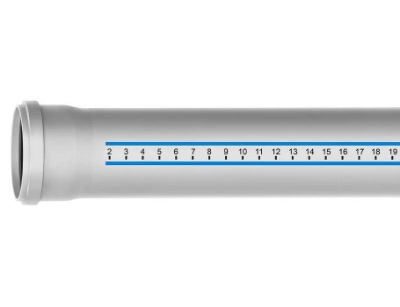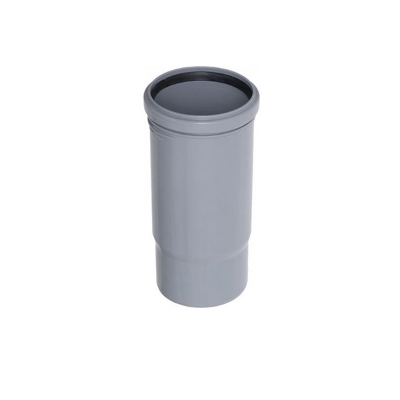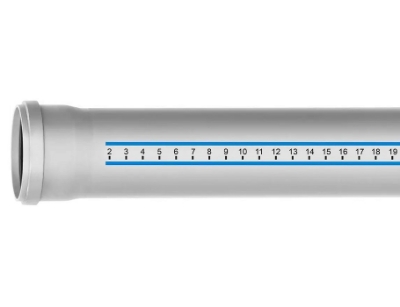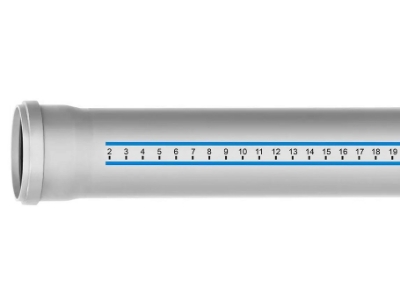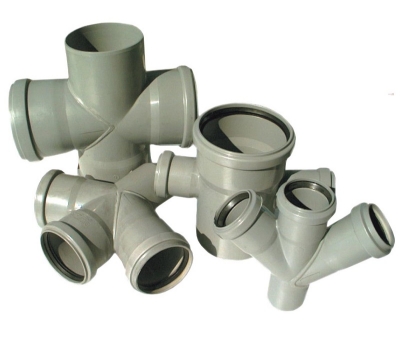Sewage
Drainage – the foundation of a safe and sustainable building
A proper drainage system is essential for every building – residential, public, or industrial. It ensures safe and hygienic wastewater disposal, protecting both the structure and the environment from contamination.
Well-designed and correctly installed drainage prevents:
- unpleasant odors,
- flooding risks,
- pipe blockages,
- mold and moisture formation.
How to choose drainage system components?
1. Pipe material
The most common is PVC – lightweight, durable, and resistant to chemicals.
2. Connection sizes
Connectors (A and B) must match the pipe diameter and be compatible with other system elements.
3. Maximum working temperature
Important if your system is used for warm or hot wastewater.
4. Manufacturer
Choose trusted brands to ensure quality and long-term reliability.
5. Pipe dimensions
Length, height, and depth should be tailored to your project’s layout.
Our drainage product range includes
- Outdoor drainage pipes – available in various diameters and lengths.
- Elbows and adjustable elbows – for precise flow direction changes.
- T-junctions and cross fittings – for complex layouts.
- End caps, couplings, and sliding sleeves – for secure connections, repairs, and extensions.
- Repair sleeves – to fix damaged sections without replacing the full pipe.
- Inspection openings – for maintenance and pipe cleaning.
- Adapters – to connect pipes of different diameters.
- Straight toilet gaskets – for tight, stable toilet-to-drain connections.
- Fire protection rings – required for safety, especially in multi-storey buildings.
- Mounting sleeves – for embedding pipes in walls or floors.
- Rainwater backflow preventers – protect against flooding and water return.
Installation tips for drainage systems
- Always install pipes with a 1–2% slope for optimal water flow.
- Include inspection points to simplify future maintenance.
- Use UV-resistant components for outdoor installations.
- Fire protection rings are required by building regulations, especially in public buildings.
Popular Products
- Popular Products
- Name: A to Z
- Name: Z to A
- Price: Low to High
- Price: High to Low
24
 In stock
In stockSEWAGE PIPE d 110 x 3000
Ready to pickup: In 3+ days
Code: 935021
€18.50 / pcs. €16.65 / pcs.







